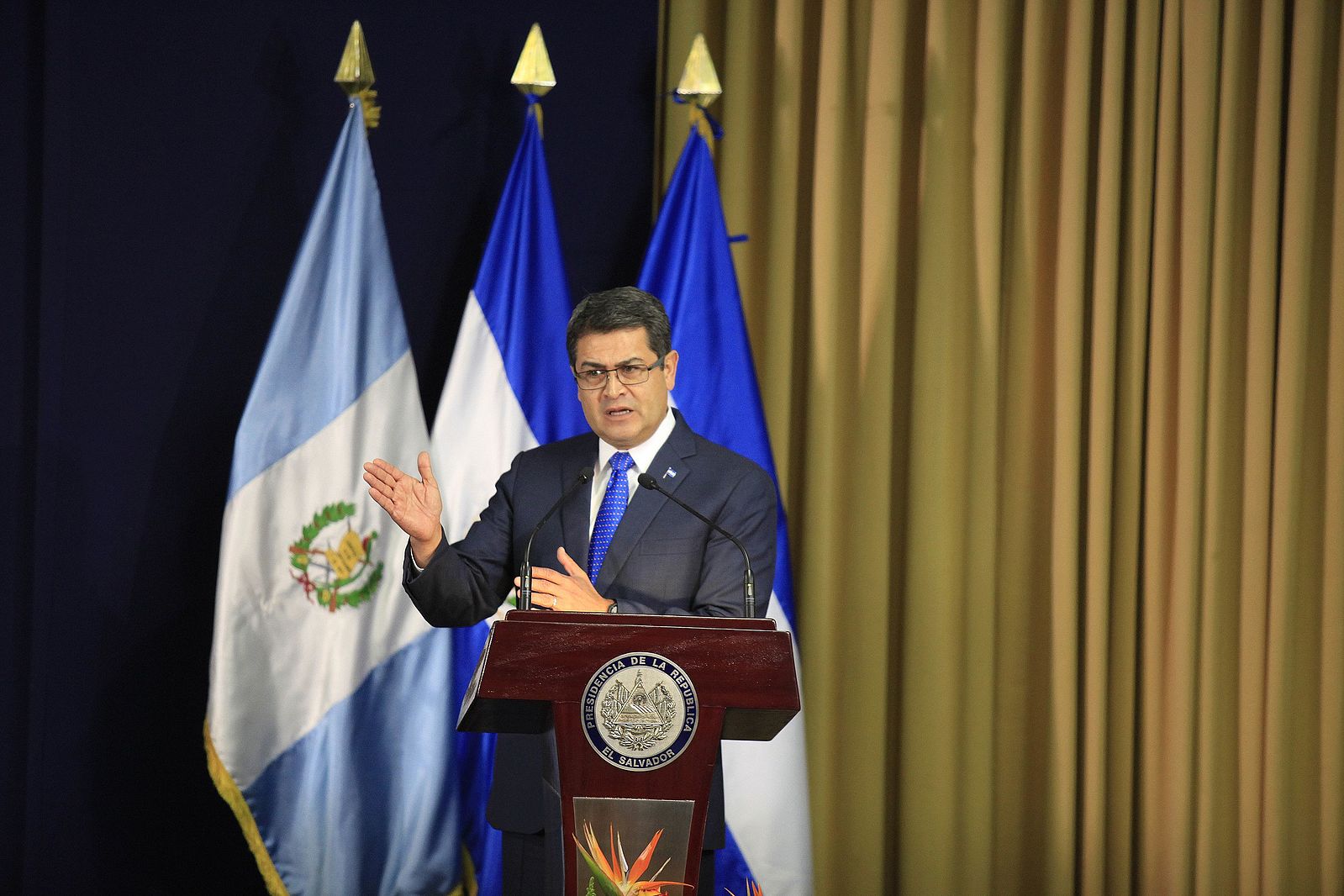
While the clashes between white supremacist groups and counter protesters in Charlottesville, Virginia on August 12th and August 13th 2017 prove that racism is still a widespread phenomenon in America that haunts racial minorities, it becomes more and more evident that our task as a society to uproot this evil and pull minorities from its grips is not complete. Truth be told, racism in both forms, extrinsic as well as intrinsic, affects minorities of all ethnicities and colors in the United States. Today, educational institutions all across the United States use racism and unfavorably impact the educational performance of black students. Courthouses and law-enforcement agencies are led by well-known white supremacists who rule out in favor of plaintiffs. Black men are unfairly suspected during police encounters, black inmates outnumber white inmates by incomprehensible proportions, and black professionals in the government and corporate world face subtle instances of prejudiced behavior due to their skin color and heritage. All of these examples suggest that racism is a social problem that acts as an obstacle to the socioeconomic development of the African American community.





